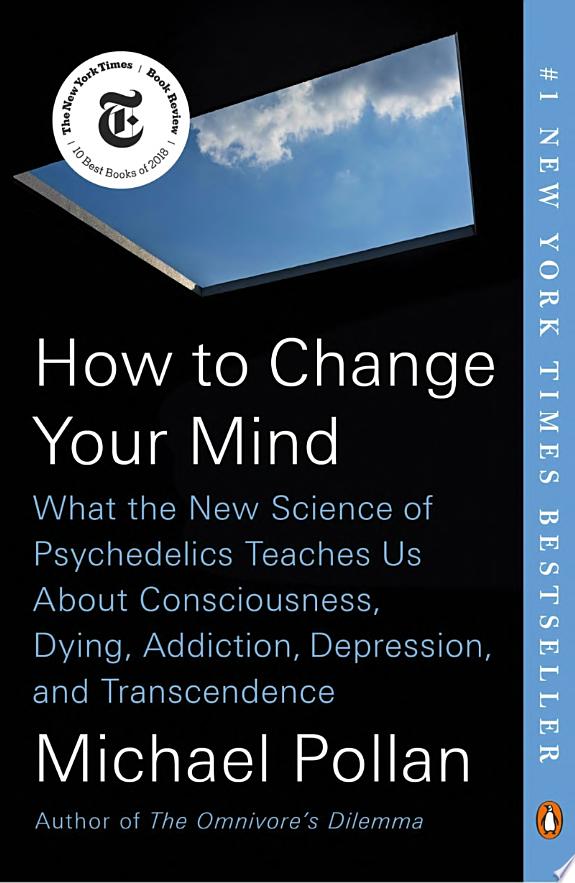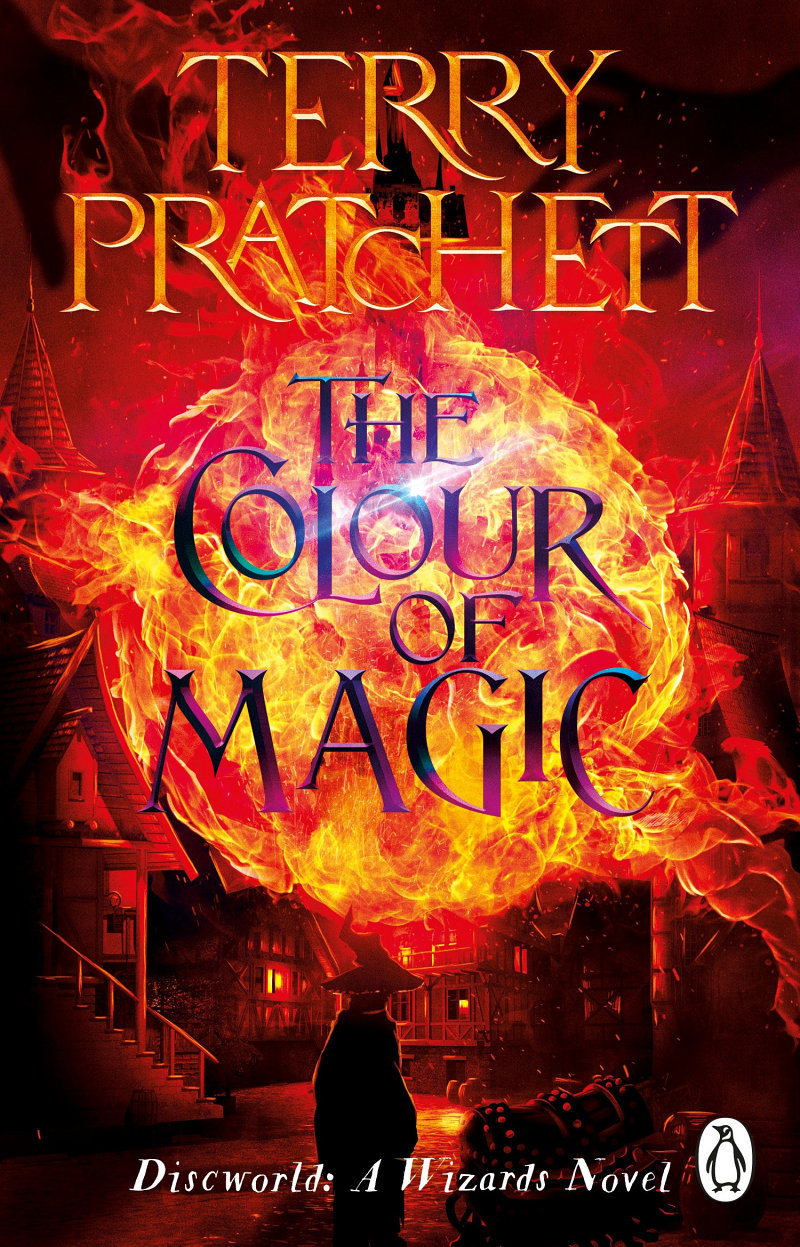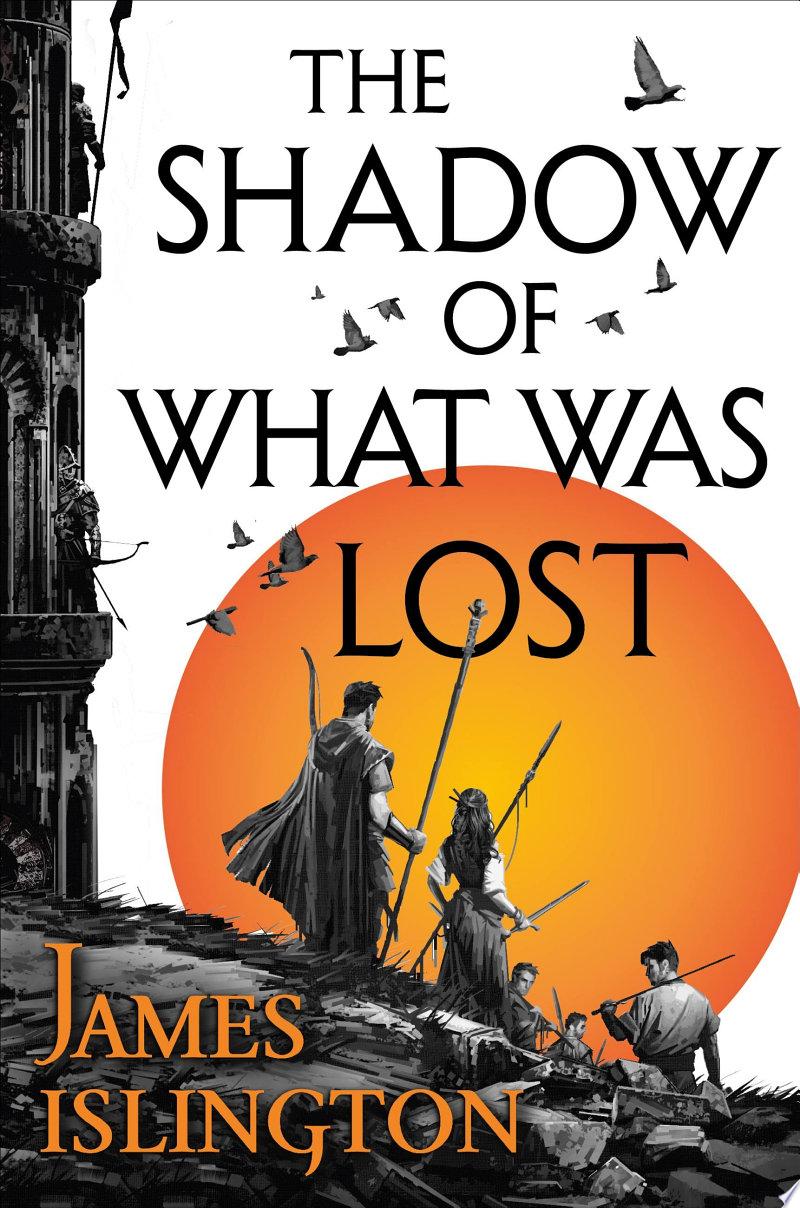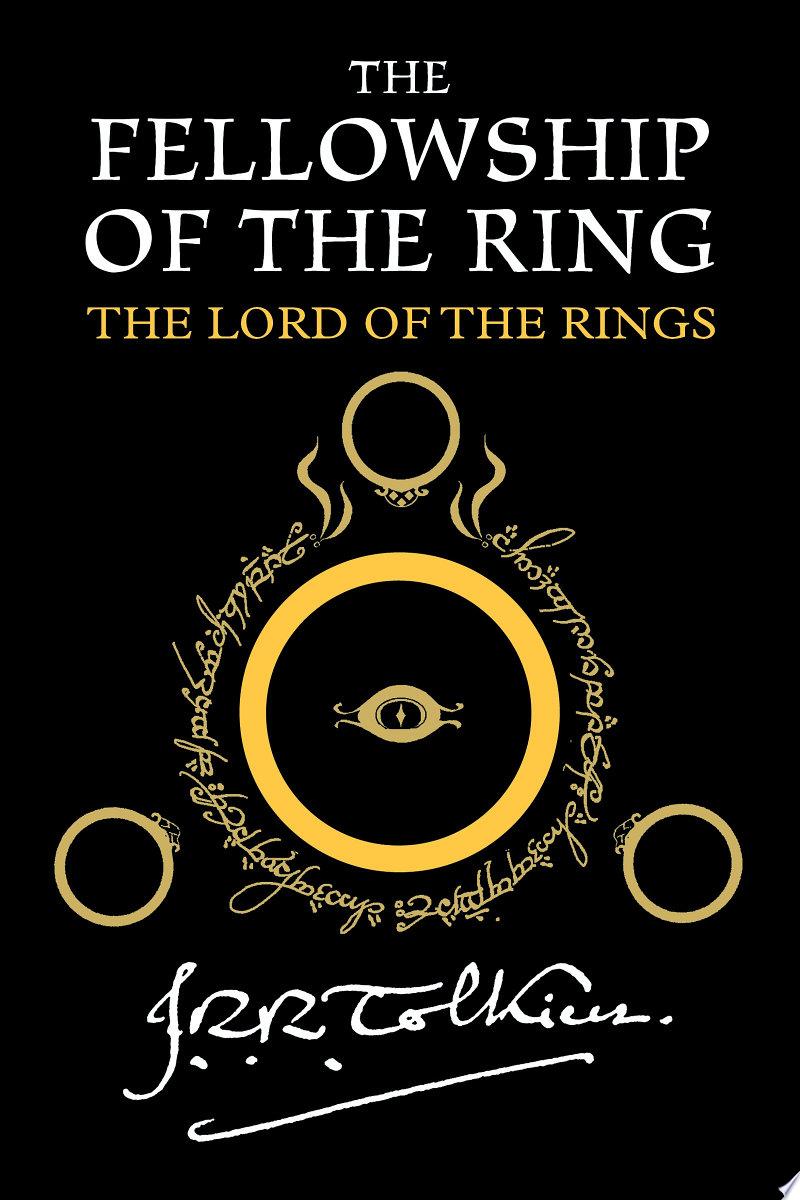Embark on a fascinating journey into the realm of psychedelics and altered states of consciousness with Michael Pollan’s eye-opening book, “How to Change Your Mind.” Through meticulous research and personal anecdotes, Pollan delves into the history, science, and potential therapeutic benefits of psychedelic substances. Join me as we unravel the layers of this thought-provoking exploration.
Sneak Peak
In “How to Change Your Mind,” Michael Pollan takes readers on an enlightening exploration of the psychedelic renaissance. From the history of psychedelics to the neuroscience behind altered states of consciousness, Pollan navigates the complex landscape of these mind-altering substances. He shares his own experiences with psychedelics and discusses their potential applications in therapy and personal growth. Through interviews with researchers, therapists, and enthusiasts, Pollan offers a comprehensive overview of the current understanding of psychedelics and challenges stigma surrounding these substances.
My Take
Pollan’s ability to blend personal narrative with scientific explanations makes “How to Change Your Mind” a compelling read. His detailed accounts of psychedelic experiences are both captivating and insightful. Pollan’s exploration of the therapeutic potential of psychedelics in treating conditions such as depression and addiction is particularly thought-provoking. However, at times, the book delves deeply into scientific concepts that may be challenging for readers without a background in neuroscience or psychology.
One aspect that I found particularly engaging was Pollan’s discussion of the history of psychedelics, including their role in ancient cultures and their resurgence in modern medicine. By contextualizing the current research within a historical framework, Pollan provides a well-rounded perspective on the subject.
Despite its thorough exploration of psychedelics, some readers may find Pollan’s writing style overly descriptive, especially in recounting his personal experiences. Additionally, while Pollan presents a balanced view of psychedelics, some readers may have preferred a more critical analysis of the potential risks associated with these substances.
What Makes the Book Unique
One standout feature of “How to Change Your Mind” is Pollan’s ability to humanize the topic of psychedelics. By sharing his own journey and experiences, he demystifies these substances and provides a relatable perspective for readers. Additionally, Pollan’s thorough research, including interviews with experts in the field, adds credibility to his exploration of psychedelics.
Moreover, Pollan’s nuanced discussion of the moral, ethical, and legal implications of psychedelic use sets this book apart. By addressing the complexities surrounding psychedelics, Pollan encourages readers to consider the broader societal impact of these substances.
Conclusion
In conclusion, “How to Change Your Mind” is a captivating exploration of psychedelics that combines personal narrative with scientific research. While Pollan’s writing style may not resonate with all readers, his thorough examination of the history, science, and potential benefits of psychedelics makes this book a valuable contribution to the field. Whether you’re a newcomer to the world of psychedelics or a seasoned enthusiast, Pollan’s book offers a fresh perspective on the transformative power of these substances. I recommend “How to Change Your Mind” to anyone interested in exploring the intersection of consciousness, psychology, and medicine.









Leave a Reply